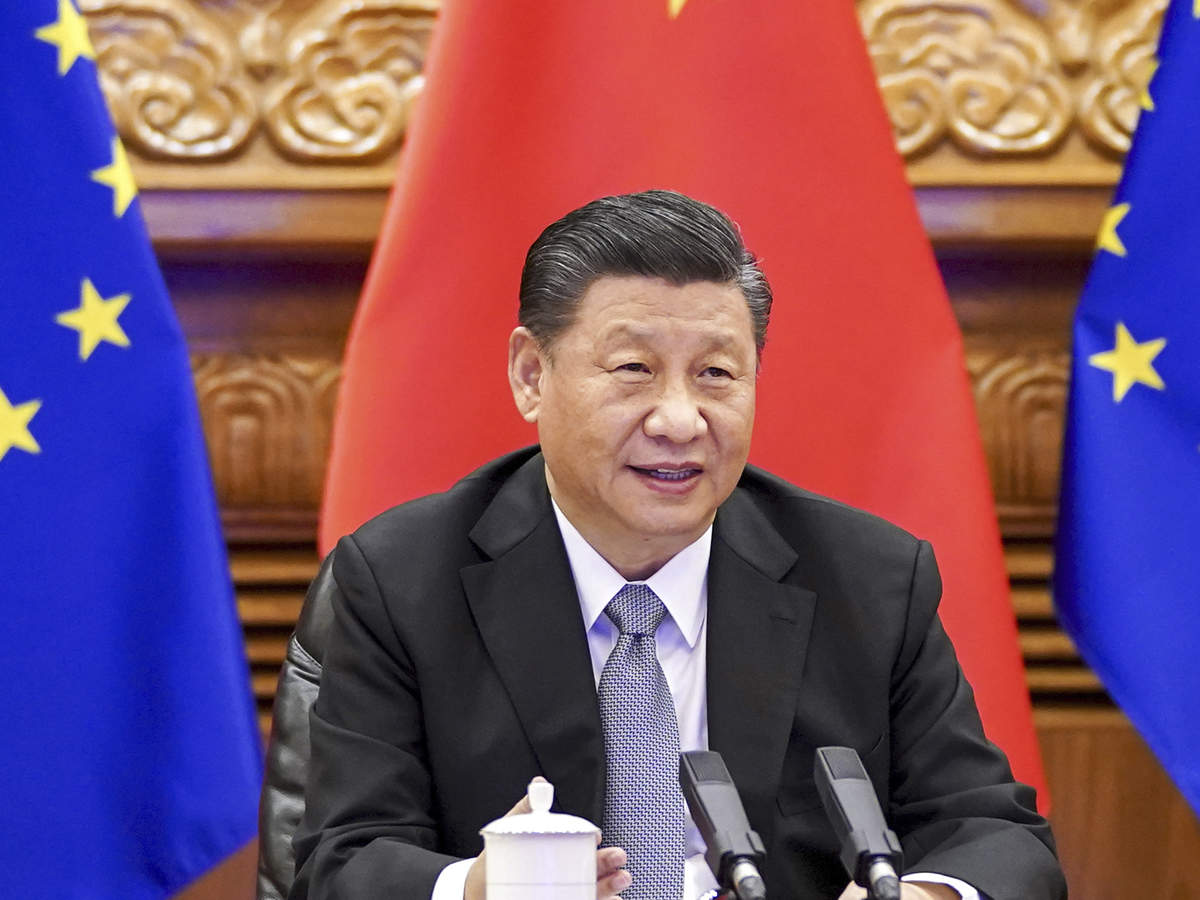Xi meets goal that Mao told King Mahendra about 6 decades ago

During King Mahendra’s official visit to China in the early days of the Panchayat, Mao described China as a poor country. “Our country (China) is still poor. But, after many decades, we will do better.” On October 5, 1961, Mao told King Mahendra, “I think it may take 50 to 100 years.” In Mao’s book “On Diplomacy,” the conversation with King Mahendra is mentioned.
In fact, it happened just as Mao said. Exactly six decades after Mahendra spoke to Mao on October 5, 1961, China has become a poverty-free country in 2021.
Powerful Chinese President Xi Jinping declared China a poverty-free country on Thursday. According to China’s World Television Service (CGTN), Xi described the eradication of poverty in Beijing as “magic” and said it would be a historic day.
Mao said China’s poverty would improve within 100 years, and Xi led the way in alleviating poverty. In the last eight years, China has lifted 100 million people out of poverty, according to BBC Online.
Interestingly, it has been exactly eight years since Xi came to power in China. Xi became President of China on March 14, 2013. In other words, Xi is the pioneer of China’s rigorous poverty alleviation campaign.
Goal set after visit to Sibadong village results in poverty alleviation
Sibadong is a small village in China, a point of departure for China’s world-famous success in alleviating poverty. Xi visited the village on November 3, 2013, the same year he became President. After visiting the village, Xi brought forth a new program for poverty alleviation.
According to CGTN, Xi visited China’s poorest rural areas since 2012 before announcing his goal of “targeted poverty alleviation”.
Along with poverty alleviation, China has already met the UN target of sustainable development by 2030. Based on this argument, Xi said that China has contributed 70 percent to the world’s poverty alleviation, according to Chinese media. International media have reported that China has been able to accelerate poverty alleviation by shifting the poor from remote to urban areas and by investing heavily in infrastructure, trade and tourism.
An article in the Chinese news agency Xinhua noted that maximized distribution and poor-friendly development programs played a key role in China’s poverty alleviation.
Critics have been accusing China of forcibly relocating against the wishes of many poor people.
2021: A golden year for China
China, which has been moving towards an open economy since the 1970s, has made rapid strides. China, a member of the World Trade Organization in 2001, became the world’s second-largest economy after USA in 2010, overtaking Japan. By the end of 2014, China had overtaken the US economy to become the largest economy in terms of purchasing power parity (PPP).
The picture of China’s economy, which has been hit by the COVID-19 pandemic in 2020, also looks good. After COVID-19, China is the only large economy with positive economic development. The economy of China grew by 2.3 percent in 2020, according to BBC Online.
Experts have argued that China’s economic growth will be strong in 2021 due to positive economic growth even during the pandemic. Many argue that China’s economic profile has risen sharply since the announcement of poverty alleviation earlier this year.















